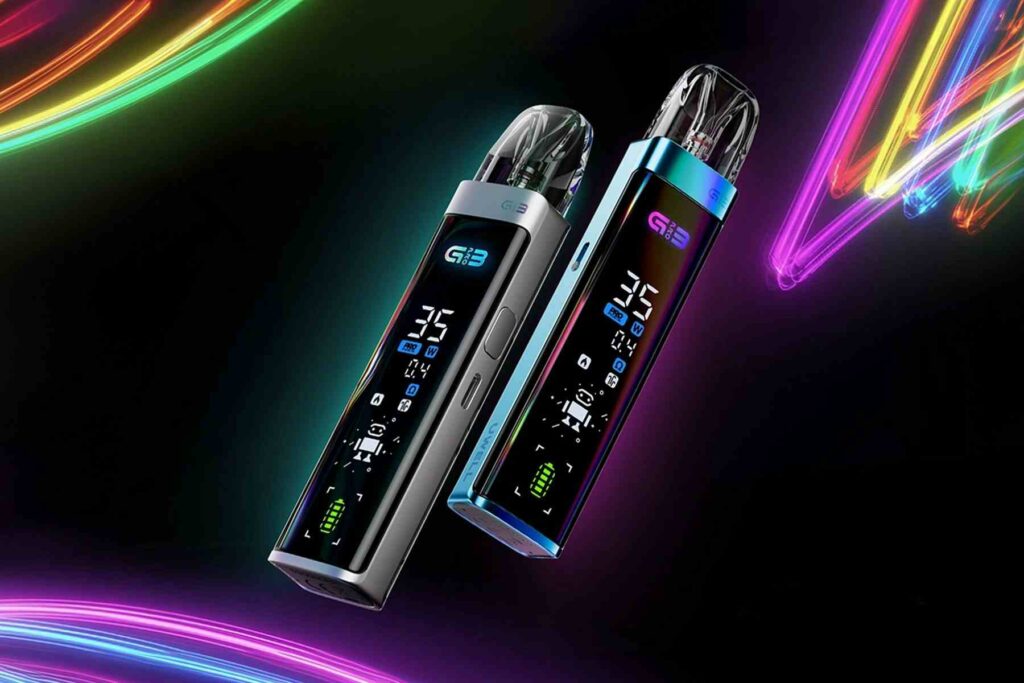Introduction to Vaping Flavor Intensity
Vaping has become a significant trend among smokers looking for alternatives, thanks to its varied flavors and perceived reduced health risks. However, many users experience a decline in flavor intensity over time. This article delves into the reasons behind this phenomenon, exploring factors such as storage, ingredients, and device maintenance.
Understanding Flavor Components
The flavor in vape juices primarily comes from a combination of food-grade flavorings, which can vary significantly in their stability and potency. Common ingredients include propylene glycol (PG), vegetable glycerin (VG), and various flavoring agents that can degrade over time. Understanding the chemical makeup of your vape juice is important for maintaining flavor intensity.

Impact of Storage Conditions
One of the most significant contributors to flavor loss is improper storage. Conductive light, extreme temperatures, and humidity can impact the quality of vape liquids. For instance, high temperatures can cause the flavoring compounds to evaporate or degrade, leading to a dull vaping experience. It is advisable to store vape juices in a cool, dark place, ideally at room temperature, and in airtight containers to maintain their freshness.
Oxidation and Its Effects
Oxidation is another critical factor that plays a role in the loss of flavor intensity. When exposed to air, the components of vape juice, especially those containing nicotine, can oxidize, leading to changes in taste. Vapers should consider selecting bottles with dropper caps to reduce exposure to air, thereby prolonging the integrity of the flavor.
Device Maintenance
The device used for vaping can also affect flavor delivery. Over time, residue can build up in the coil and wick system, leading to a burnt taste or muted flavors. Regular cleaning of components and timely replacement of coils are essential for ensuring a consistent and enjoyable vaping experience. Additionally, using a compatible device that matches the viscosity of your vape juice will help maintain optimal flavor.
Expiration Dates and Shelf Life
Every vape juice has an expiration date, which is crucial to consider. After this date, flavor intensity can decline sharply. Most e-liquids have a shelf life of about one to two years if stored properly. It’s advisable to check for changes in color, smell, or viscosity to determine if the liquid is still suitable for vaping.
Conclusion: Maximizing Flavor Intensity
In conclusion, the intensity of vape flavors can diminish over time due to several factors, including storage conditions, oxidation, device maintenance, and expiration dates. To maximize flavor intensity, vapers should store their products correctly, maintain their devices, and regularly assess the quality of their vape liquids. By being mindful of these factors, you can enjoy a more flavorful and satisfying vaping experience.





